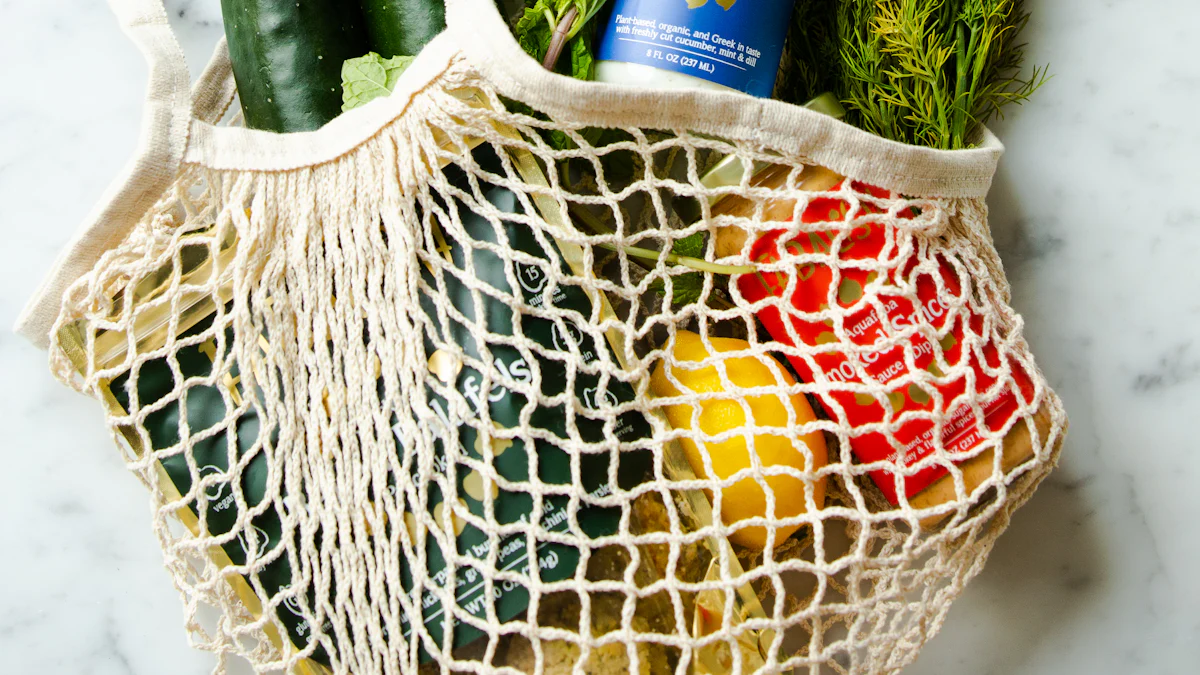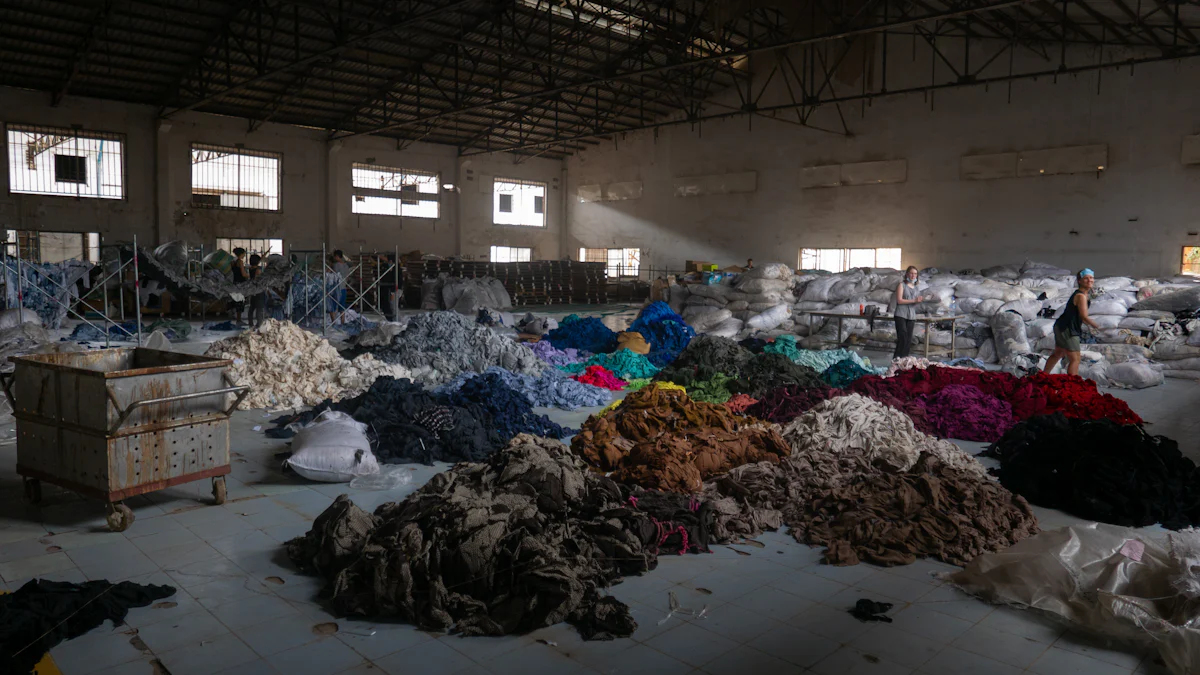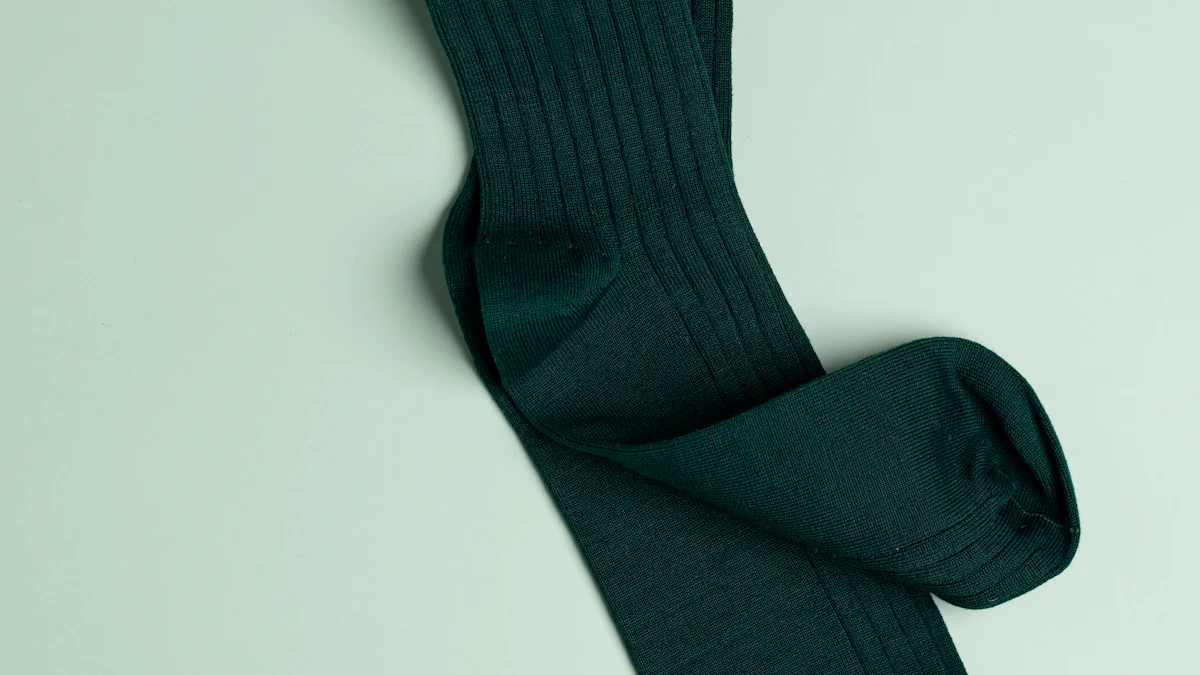
Men’s cotton socks have become a staple in the fashion industry, representing nearly 45 percent of all sock sales in 2021. However, the widespread popularity of cotton socks raises environmental concerns due to the extensive land usage and substantial consumption of approximately 24.2 million metric tons during 2015-2016. As sustainability gains importance in the textile sector, understanding the environmental impact of men’s cotton socks is crucial for making informed choices.
Understanding Men’s Cotton Socks
The Rise of Men’s Cotton Socks
The rise of men’s cotton socks has been fueled by their versatility and comfort. From athletic activities to everyday wear, men’s cotton socks have become a popular choice due to their breathability and moisture management. Whether it’s cushioned ankle socks or classic tube socks, the extensive availability, low cost, and better moisture absorption ability make them a preferred option for many individuals.
Types and Uses
- Men’s Cotton Ankle Socks: These cushioned ankle socks retain cotton, add ventilation quality, offer support, and are suitable for physical activities.
- Cotton Tube Socks: Provide comfort, moisture management, and better moisture absorption ability.
The Shift from 100% Cotton
The sock industry has witnessed a shift from traditional 100% cotton socks to more innovative blends. This transition is driven by the demand for enhanced durability and performance. Manufacturers are incorporating synthetic fibers into the production of men’s cotton socks to improve strength and longevity while maintaining the inherent comfort of cotton.
Benefits for Sensitive Skin
For individuals with allergies or sensitive skin, cotton socks offer unparalleled comfort and breathability. The gentle nature of organic cotton socks makes them suitable for various activities without causing irritation or discomfort. Their breathable nature provides an ideal environment for sensitive skin while ensuring all-day comfort.
Allergy and Comfort Considerations
- Organic Cotton Socks: Offer comfort and a breathable nature, making them suitable for various activities.
The Environmental Footprint of Men’s Cotton Socks

The environmental impact of men’s cotton socks extends beyond their comfort and style. Understanding the ecological consequences of cotton production and the role of synthetic fibers is essential for making sustainable choices.
Cotton Production and Its Impact
Water Usage
Cotton production is notorious for its high water consumption, with approximately 2,700 liters needed to produce a single cotton t-shirt. This extensive water usage contributes to water scarcity issues in regions where cotton is cultivated, placing a strain on local ecosystems and communities. In contrast, organic cotton farming practices prioritize water conservation techniques, reducing water consumption compared to conventional cotton farming.
Pesticide Use
Conventional cotton cultivation relies heavily on pesticides and toxic chemicals to protect the crops from pests and diseases. The substantial use of these agrochemicals poses risks to the environment, including soil contamination and adverse effects on biodiversity. On the other hand, organic cotton farming methods promote natural pest control and eliminate the application of synthetic pesticides, contributing to a healthier ecosystem.
The Role of Synthetic Fibers
Environmental Concerns
Synthetic fiber production demands extensive water usage for cooling and processing, exacerbating water scarcity issues in regions where manufacturing facilities are located. Additionally, the production process emits greenhouse gases and contributes to air pollution, impacting both local and global environments.
Comparison with Cotton
When comparing synthetic fiber production with cotton cultivation, it becomes evident that both processes have significant environmental implications. While cotton production consumes high quantities of water and uses substantial amounts of pesticides and toxic chemicals, synthetic fiber manufacturing contributes to air pollution and exacerbates water scarcity issues.
The traditional fashion industry has long been associated with excessive resource consumption and environmental degradation. By understanding the environmental footprint of men’s cotton socks, individuals can make informed choices that align with sustainability goals.
Choosing Sustainable Men’s Cotton Socks

The Appeal of Organic Cotton
Organic cotton socks hold a distinct appeal for environmentally conscious consumers. Their production involves sustainable farming practices that prioritize soil health and biodiversity. By avoiding the use of synthetic pesticides and genetically modified seeds, organic cotton cultivation reduces the risk of soil contamination and promotes ecological balance. Choosing organic cotton socks supports ethical and environmentally friendly agricultural methods, contributing to the preservation of natural ecosystems.
Environmental Benefits
The environmental benefits of organic cotton socks are multifaceted. Organic farming practices minimize water consumption, reduce energy usage, and promote healthy soil management. This approach helps mitigate the environmental impact associated with conventional cotton production, fostering a more sustainable textile industry. Additionally, organic cotton socks undergo minimal chemical processing, further reducing their ecological footprint and ensuring a lower impact on water quality.
How to Identify Organic Cotton Socks
When seeking sustainable options, look for certifications such as the Global Organic Textile Standard (GOTS) or the USDA Organic label on sock packaging. These labels indicate that the socks are made from certified organic cotton, meeting strict environmental and social criteria throughout the production process. By choosing socks with recognized organic certifications, consumers can make informed decisions that align with their sustainability values.
Practical Tips for Sustainable Choices
Making sustainable choices goes beyond selecting organic materials; it also involves responsible care and disposal practices to extend the lifespan of men’s cotton socks while minimizing environmental impact.
Care and Maintenance for Longevity
To maximize the longevity of cotton socks, wash them in cold water using eco-friendly detergents to reduce energy consumption and minimize chemical exposure. Air-drying socks instead of using a dryer further conserves energy while preserving their quality. Additionally, mending small tears or holes in socks prolongs their usability, reducing the frequency of replacements.
Recycling and Disposal
When it’s time to part ways with old cotton socks, consider repurposing them as cleaning rags or donating them to textile recycling programs. By diverting used socks from landfills, individuals contribute to circular fashion practices that minimize waste generation. Furthermore, exploring innovative recycling initiatives within local communities can support efforts to transform old textiles into new products through upcycling processes.
In conclusion, the significance of choosing sustainable men’s cotton socks cannot be overstated. By opting for organic cotton and embracing ethical fashion practices, individuals actively contribute to a more environmentally friendly wardrobe. The rise of sustainable fashion reflects a growing awareness of the environmental and social impacts of traditional apparel production. As consumers increasingly prioritize ethical considerations, it becomes crucial to understand the impact of synthetic fibers on the environment. Remember, sustainable fashion extends beyond fabric choices; it encompasses mindful consumption, support for ethical brands, and responsible garment care. Make informed choices that align with sustainability goals and promote a more responsible and conscientious fashion landscape.

